Considering lighting up your fabric projects with LEDs? Whether for fashion enhancements or home decor, understanding the safety of integrating LED lights with various fabrics is crucial.
LED lights can be safely used on fabrics, which involves careful consideration of insulation, heat management, fabric type, and the use of low-voltage LEDs to prevent risks like fire or fabric damage.
Discover how to creatively and safely incorporate LED lights into your fabric projects. From selecting the right materials to proper installation techniques, this guide covers everything you need to know.
Understanding the Risks of LEDs on Fabric
Integrating LED lights into fabric projects isn’t just about the aesthetic upgrade—it’s also about understanding and mitigating potential risks. This section delves deeper into the primary concerns associated with using LEDs on fabric, such as heat generation, electrical safety, and material compatibility. By understanding these risks, crafters and designers can safely harness the benefits of LEDs in their fabric projects.
Heat Generation
While LEDs are celebrated for their energy efficiency, they still generate heat during operation. This heat emission might be minimal compared to traditional lighting solutions, but it becomes a significant concern when LEDs are enclosed within or attached directly to fabric. The trapped heat could elevate temperatures to the point of damaging the fabric, which might lead to discoloration, melting, or even fire, particularly with heat-sensitive or highly flammable materials. For instance, using LEDs on lightweight synthetic fabrics, which often have lower melting points, requires careful planning and testing to ensure safety.
To mitigate this, it’s advisable to:
- Choose LEDs specifically designed for low heat output.
- Implement spacing strategies that allow heat to dissipate efficiently.
- Consider using LED enclosures that enhance heat dissipation.
Electrical Safety
The use of low-voltage LEDs in fabric projects is crucial for minimizing risks such as electric shocks or short circuits. These LEDs are typically safer to handle and integrate into textiles compared to their high-voltage counterparts. Moreover, ensuring that all electrical components are properly insulated is fundamental to preventing electrical mishaps. This includes securing all connections and covering exposed wires with appropriate insulating materials.
Best practices for electrical safety include:
- Using battery-operated LEDs where possible reduces the need for direct electrical connections to power sources.
- Regularly inspecting the wiring and connections for wear and tear or potential breaches in insulation.
- Employing connectors and junctions that are designed for safe use with textiles.
Material Safety
Not all fabrics are suitable for use with LED lighting. The selection of fabric is as crucial as the selection of the LEDs themselves. Materials that are less flammable and more resistant to heat should be prioritized to reduce the risk of fire and damage. For example, polyester and treated cotton are generally safer than more flammable materials like nylon or untreated wool. These safer fabrics typically have higher melting points and are less likely to ignite, which makes them ideal for projects involving LEDs.
When choosing fabrics, consider:
- The fabric’s flammability rating should be as low as possible.
- The heat resistance properties of the material, ensure it can withstand the temperatures generated by the LEDs without degrading.
- The texture and density of the fabric can affect both the visual outcome and the safety of the LED integration.
In summary, while the integration of LEDs into fabric projects offers a vast array of creative possibilities, it necessitates a thorough understanding of the risks involved. Addressing these risks through careful selection of LEDs and fabrics, and adhering to safety practices, ensures that your illuminated fabric projects are not only stunning but also safe.
Guida all'installazione passo-passo
A well-planned and carefully executed installation is key to safely incorporating LED lights into fabric projects. This step-by-step guide ensures that both novice and experienced crafters can achieve professional results without compromising on safety.
Planning and Design
Effective planning is crucial in avoiding many common issues with fabric and LED integrations, such as uneven lighting and potential overheating. Start by sketching your design on paper, including the exact positions where LEDs will be placed. This visual blueprint helps in visualizing the result and aids in the even distribution of lights. Consider the purpose of the illumination—whether for aesthetic enhancement or functional visibility—to determine the density and color of the LEDs. Also, factor in the flexibility of the fabric and how it will be used (e.g., wearable technology, decorative pillows), as these will influence the placement and type of LEDs used.
Tips for Effective Planning:
- Use graph paper to plot the exact positions of LEDs for precision.
- If designing wearable tech, consider the movement of the fabric and place LEDs at flex points for durability.
Preparation
The preparation phase involves making the fabric ready for LED integration. Reinforce the areas where LEDs will be attached, especially if the fabric is delicate or prone to tearing. This can be done using interfacing or similar stabilizing material, which not only supports the fabric but also ensures that the weight and pull of the LEDs do not distort the fabric’s natural drape.
Fabric Reinforcement Techniques:
- Iron-on interfacing for quick and easy reinforcement.
- Sewing a double layer of fabric in areas where LEDs will be attached for added strength.
Attachment
The method of attaching LEDs to fabric can greatly affect both the final appearance and functionality of the project. For most projects, sewing with conductive thread is ideal as it integrates the electrical connections within the fabric itself, making the project more durable and washable. Alternatively, non-conductive fabric glues can be used for temporary installations or for fabrics that cannot be sewn. Avoid using methods like staples or heavy sewing that might damage the LED wiring.
Attachment Methods:
- Conductive thread for creating electrical pathways while securing LEDs.
- Fabric glue for temporary placements or non-sewable fabrics.
Wiring and Insulation
Proper wiring and insulation are critical to ensuring safety and functionality. Use heat-shrink tubing or high-quality electrical tape to insulate all exposed wires and connections. This not only prevents short circuits but also protects the wires from wear and tear that could occur during the use of the fabric item.
Insulation Tips:
- Choose heat-shrink tubing that matches the wire size for a snug fit and better protection.
- Routinely check and replace electrical tape or tubing if it shows signs of wear.
Testing and Adjustments
Before the final implementation, thoroughly test the LED setup. Power on the LEDs to check for even lighting and inspect for any hot spots or dim areas. Adjust the placement as needed and ensure all electrical connections are secure and well-insulated. This testing phase is crucial to not only ensure the visual appeal but also the safe operation of the LEDs.
Testing Procedures:
- Utilizzare un multimetro per verificare la presenza di una tensione costante su tutti i LED per garantire un'illuminazione uniforme.
- Eseguire un test di "burn-in" facendo funzionare i LED per un periodo prolungato per rilevare eventuali problemi di surriscaldamento.
- Seguendo questi passi dettagliati, è possibile incorporare in modo sicuro ed efficace l'illuminazione a LED in qualsiasi progetto di tessuto, migliorandone le qualità estetiche e funzionali.
Consigli per la manutenzione e la sicurezza
Una corretta manutenzione e il rispetto delle linee guida di sicurezza sono fondamentali per garantire la longevità e l'uso sicuro dei progetti in tessuto integrati con luci LED. Ecco alcuni consigli essenziali per la pulizia, la cura, le ispezioni regolari e le precauzioni di sicurezza per mantenere la qualità e la sicurezza dei vostri articoli in tessuto con LED.
Pulizia e cura
La manipolazione di tessuti dotati di luci LED richiede una pulizia accurata per evitare di danneggiare i componenti elettronici. Ecco come mantenere questi articoli puliti e funzionali:
- Lavaggio a mano: lavare delicatamente a mano il tessuto intorno ai LED con sapone neutro e acqua tiepida, evitando il contatto diretto con i componenti elettronici. Asciugare senza strizzare per ridurre al minimo lo stress sui fili e sulle connessioni.
- Pulizia delle macchie: Per macchie o sporco di lieve entità, utilizzare un panno morbido o una spugna leggermente inumidita con un detergente delicato per pulire l'area intorno ai LED.
- Lavaggio a secco: Se il tessuto lo consente, è consigliabile un lavaggio a secco professionale. Informare i pulitori dei componenti elettronici per assicurarsi che utilizzino processi che non danneggino le luci.
Ispezioni regolari
I controlli di routine sono essenziali per individuare e risolvere eventuali problemi prima che si traducano in malfunzionamenti o incidenti:
- Ispezioni visive: Esaminare periodicamente il tessuto per individuare eventuali segni visibili di danni, come fili sfilacciati, connessioni allentate o componenti elettronici esposti. Verificare che tutti i LED siano fissati saldamente e che non vi siano scuciture o distacchi delle coperture isolate.
- Test di funzionamento: Accendere regolarmente i LED per verificare che si accendano tutti in modo uniforme e che non si verifichino sfarfallamenti o oscuramenti che potrebbero indicare problemi elettrici.
- Controllo dei collegamenti: Assicurarsi che tutti i collegamenti siano stretti e sicuri, soprattutto dopo aver pulito o maneggiato il tessuto.
Precauzioni di sicurezza
Garantire la sicurezza durante l'uso e la conservazione dei tessuti con tecnologia LED può evitare incidenti e prolungare la durata degli articoli:
- Gestione dell'alimentazione: Spegnere e scollegare sempre il tessuto dalle fonti di alimentazione quando non viene utilizzato. Questo aiuta a prevenire il surriscaldamento e a risparmiare energia.
- Conservazione: Conservare i tessuti con LED in un luogo fresco e asciutto, lontano dalla luce diretta del sole, che può degradare sia il tessuto che i componenti elettronici. Evitare di piegare il tessuto nelle aree in cui sono installati i LED per non danneggiare le luci e i fili.
- Uso sorvegliato: Quando si utilizzano tessuti con tecnologia LED, soprattutto in ambienti come le stanze dei bambini o gli spazi pubblici, assicurarsi che siano sempre sorvegliati. In questo modo si riduce il rischio di surriscaldamento e di rischi elettrici.
Seguendo questi consigli per la manutenzione e la sicurezza, potrete godere della bellezza e della funzionalità dei tessuti integrati con i LED in tutta sicurezza e per un periodo prolungato. Una cura e un'attenzione regolari manterranno il vostro tessuto in ottimo stato e perfettamente funzionante, aggiungendo un tocco di luce e creatività al vostro ambiente.
Applicazioni creative dei LED nei progetti di tessuti
I LED offrono opportunità versatili e innovative per migliorare i progetti basati sui tessuti nella moda, nell'arredamento e nelle occasioni speciali. Scopriamo come queste piccole luci possono trasformare materiali ordinari in pezzi incantevoli.
Moda
L'integrazione dei LED nell'abbigliamento e negli accessori apre un mondo di possibilità dinamiche e interattive per la moda.
Gli stilisti possono creare capi che illuminano la passerella con motivi che cambiano colore o intensificano la luminosità in risposta a suoni o movimenti. Tra i modi per incorporare i LED nella moda, i costumi interattivi sono perfetti per spettacoli o eventi interattivi. Questi costumi con LED incorporati possono rispondere a input ambientali come musica o movimento, aggiungendo un livello di coinvolgimento alla presenza di chi li indossa.
Inoltre, per chi ama le attività notturne, come andare in bicicletta o fare jogging, l'integrazione dei LED negli indumenti può garantire una maggiore visibilità, unendo sicurezza e stile.
Un altro approccio innovativo è quello dell'alta moda con un tocco tecnologico, in cui gli stilisti incorporano i LED nei capi di alta moda per fare una dichiarazione audace nelle sfilate o negli incontri d'avanguardia.
Arredamento per la casa
I tessuti con tecnologia LED offrono molto di più di una semplice tecnologia da indossare: possono trasformare in modo significativo l'atmosfera di qualsiasi spazio abitativo.
Cucendo i LED nelle tende, nelle fodere dei cuscini o nei rivestimenti dei mobili, è possibile creare un'atmosfera di illuminazione unica e personalizzabile che eleva l'arredamento della stanza. Ad esempio, l'integrazione dei LED nei tessuti delle tende può produrre un'illuminazione morbida che si adatta all'ora del giorno o a temi specifici della stanza, migliorando sia l'umore che la funzionalità.
Inoltre, i copricuscini dinamici che cambiano colore attraverso il telecomando o i sistemi di smart home introducono un elemento interattivo e divertente negli ambienti del soggiorno o della camera da letto.
Inoltre, l'utilizzo di strisce LED dietro a pannelli di tessuto può generare visualizzazioni artistiche, trasformando questi pannelli in suggestivi punti focali all'interno di una stanza.
Occasioni speciali
I LED possono migliorare notevolmente l'arredamento di eventi speciali, offrendo un'illuminazione funzionale e accentuando al contempo gli elementi tematici dell'occasione.
Nei matrimoni, ad esempio, i LED cuciti nei tessuti per i fondali o i centrotavola possono creare un'atmosfera fiabesca con luci scintillanti che imitano le stelle, aggiungendo un tocco magico alla celebrazione.
Per le festività come Natale o Halloween, l'integrazione dei LED in runner da tavola, striscioni o cappelli da festa può illuminare le celebrazioni e aggiungere un ulteriore livello di festa.
Inoltre, l'utilizzo di tessuti illuminati a LED per la segnaletica degli eventi non solo attira l'attenzione, ma indirizza anche gli ospiti in modo efficace, combinando fascino decorativo e funzionalità pratica.
Domande frequenti
D: Qual è il modo migliore per alimentare le luci LED su tessuto per la tecnologia indossabile?
R: Per i progetti di tessuto indossabile, i LED a batteria sono ideali perché sono leggeri e riducono al minimo il rischio di rischi elettrici. Inoltre, garantiscono una maggiore flessibilità e libertà di movimento.
D: Posso lavare in lavatrice i tessuti con luci LED integrate?
R: Si sconsiglia di lavare in lavatrice i tessuti con LED integrati. È invece consigliabile lavare a mano o a punti intorno ai LED, per evitare di danneggiare i componenti elettronici. Controllare sempre le istruzioni di manutenzione del produttore.
D: Le luci LED su tessuto sono sicure per i bambini?
R: Sì, le luci a LED possono essere sicure per i bambini se installate e isolate correttamente. Assicurarsi sempre che le installazioni a LED nelle aree destinate ai bambini siano alimentate a batteria e fissate saldamente al tessuto per evitare ingestioni o impigliamenti accidentali.
D: Come posso assicurarmi che le luci LED non si surriscaldino quando sono inserite nel tessuto?
R: Per evitare il surriscaldamento, scegliere LED progettati specificamente per una bassa emissione di calore, garantire una distanza adeguata tra ciascun LED e selezionare tessuti che dissipino efficacemente il calore. È inoltre fondamentale testare la distribuzione del calore prima dell'installazione definitiva.
D: Quali sono i tipi di tessuto migliori per i progetti che utilizzano luci LED?
R: I tessuti durevoli e resistenti al calore, come il poliestere o il cotone spesso, funzionano meglio con le luci LED. Evitare materiali molto sottili o altamente infiammabili come il nylon o la lana non trattata.
D: Posso utilizzare le strisce LED su qualsiasi tipo di tessuto?
R: Le strisce LED possono essere utilizzate su molti tipi di tessuti, ma è importante assicurarsi che il tessuto sia in grado di sopportare il peso e il calore delle luci. Sono preferibili tessuti con una trama più fitta o con una maggiore resistenza al calore.
D: Perché le mie nuove strisce LED sfarfallano?
A: Flickering can occur due to incompatible parts, poor connections, or an incorrect power supply. Ensure that all connections are secure and that the power supply matches the LED specifications.
Q: Can flickering LED strip lights cause any harm?
A: While generally not harmful, continuous flickering can reduce the lifespan of LEDs and might indicate underlying electrical issues that should be addressed to avoid potential hazards.
Q: How long do LED lights last when used on fabrics?
A: LED lights typically have a long lifespan, often lasting up to 50,000 hours depending on usage and quality. Proper installation and maintenance can help maximize their lifespan even when used on fabrics.
Q: Is it safe to leave LED-lit fabrics switched on overnight?
A: It’s best to avoid leaving LED-lit fabrics unattended for long periods, including overnight. This minimizes the risk of electrical issues and extends the life of the LEDs.
Conclusione
Incorporating LED lights with fabrics not only merges functionality with creativity but also opens up a myriad of innovative applications. Whether it’s making a fashion statement, enhancing home decor, or adding a sparkling touch to special occasions, LEDs bring a magical quality to ordinary fabrics. By adhering to safety guidelines and choosing the right materials and setups, you can confidently explore the realm of fabric and LED integration. Embrace this luminous technology and let your creative projects shine with both safety and style.
Exploring the integration of LED lights with fabrics opens up endless creative possibilities. As a leader in this innovative field, Unitop, one of China’s top manufacturers of Luci a striscia LED e LED al neon flessibile provides top-quality, reliable products. If you have any questions or specific needs, contattare Unitop immediately to elevate your projects with expert advice and cutting-edge LED solutions. Illuminate your designs with confidence and creativity—reach out to Unitop today!
Messaggi correlati

Tom è ora il Direttore Vendite di Unitop (Cina) Co., Limited. È stato nella Illuminazione a LED industria dal 2005. È un esperto di vendite e marketing e di gestione della fabbrica. Gli piace il bodybuilding ed è anche un fan sfegatato di Apple! È un lavoratore instancabile e ama imparare e provare cose nuove.
Email: tom@unitopledstrip.com WhatsApp: +86-18680307140

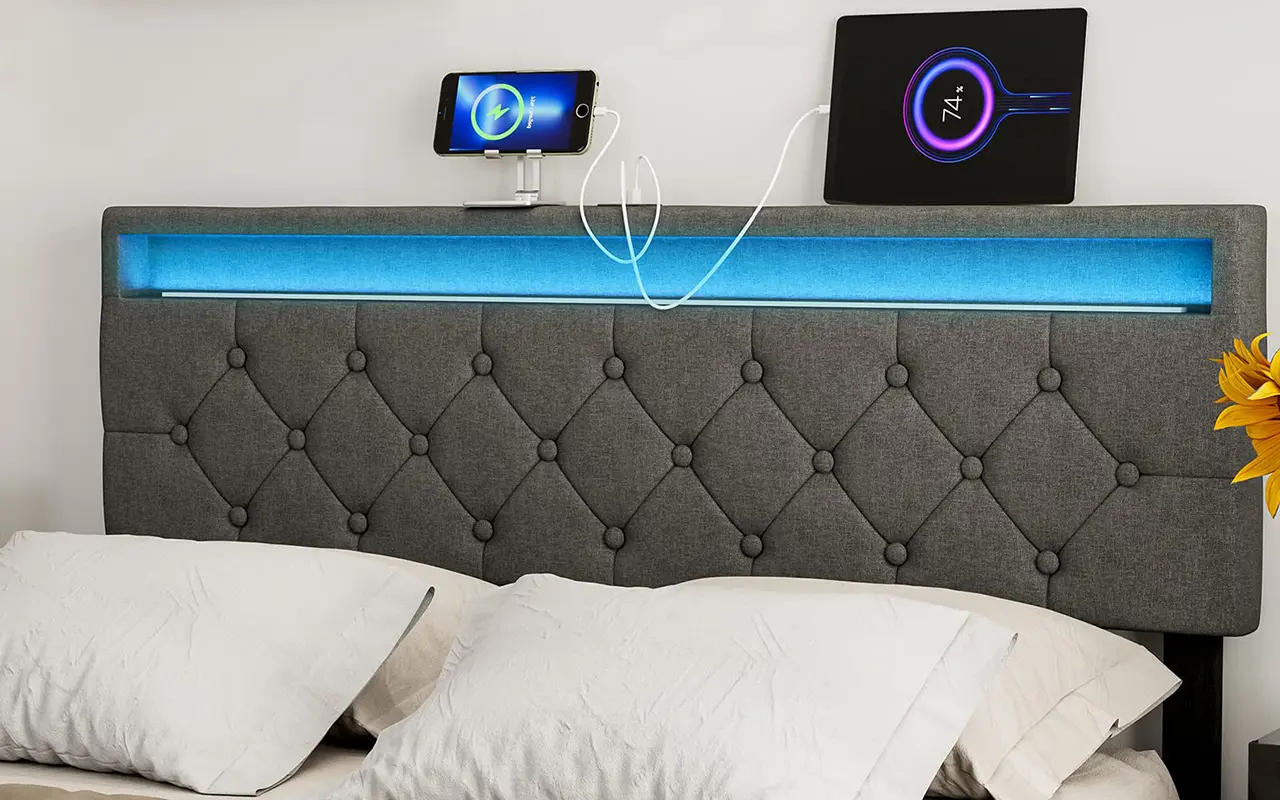
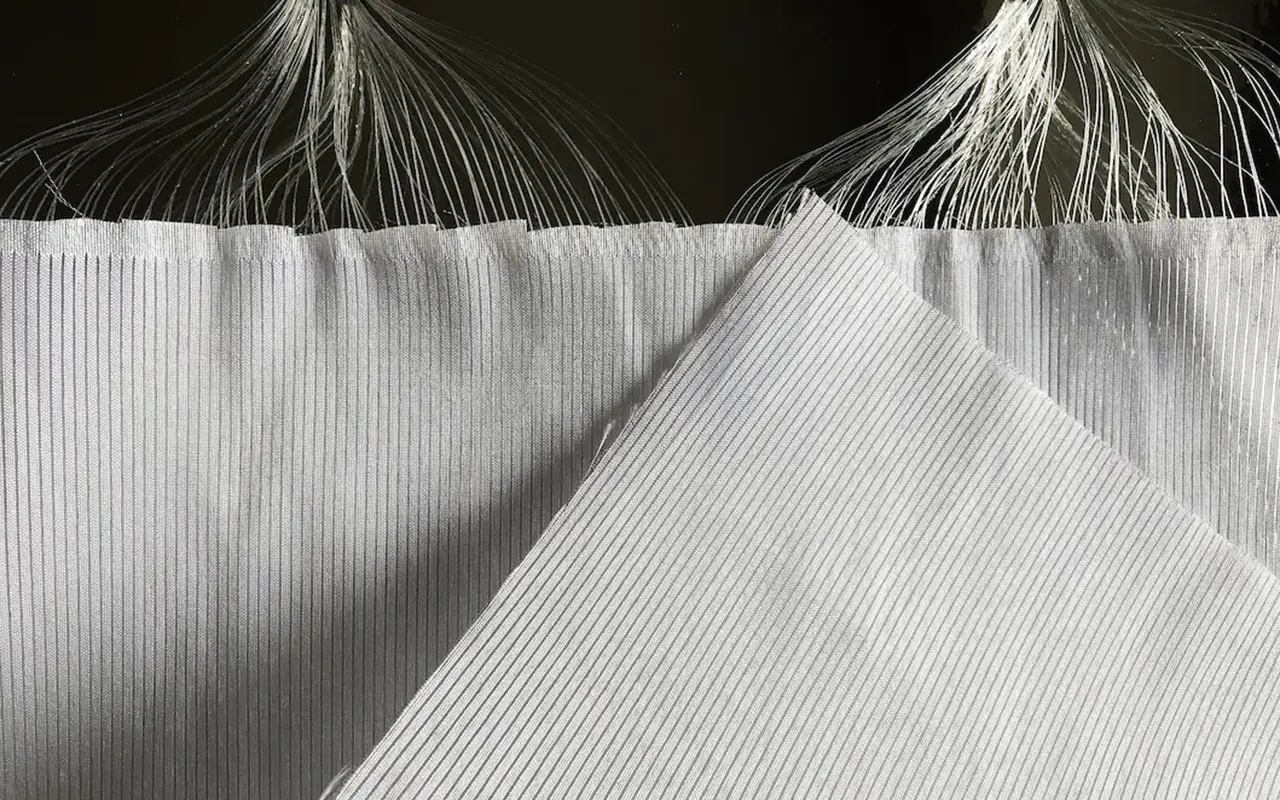
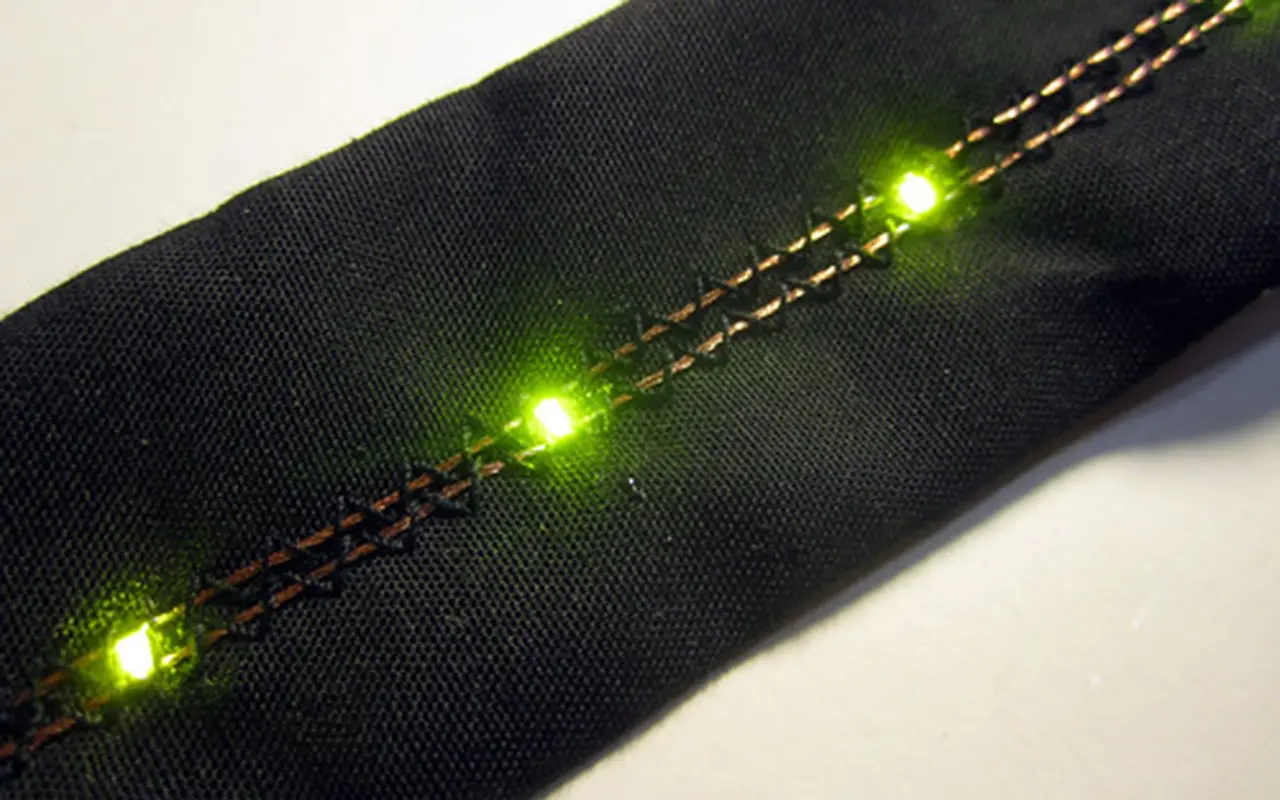
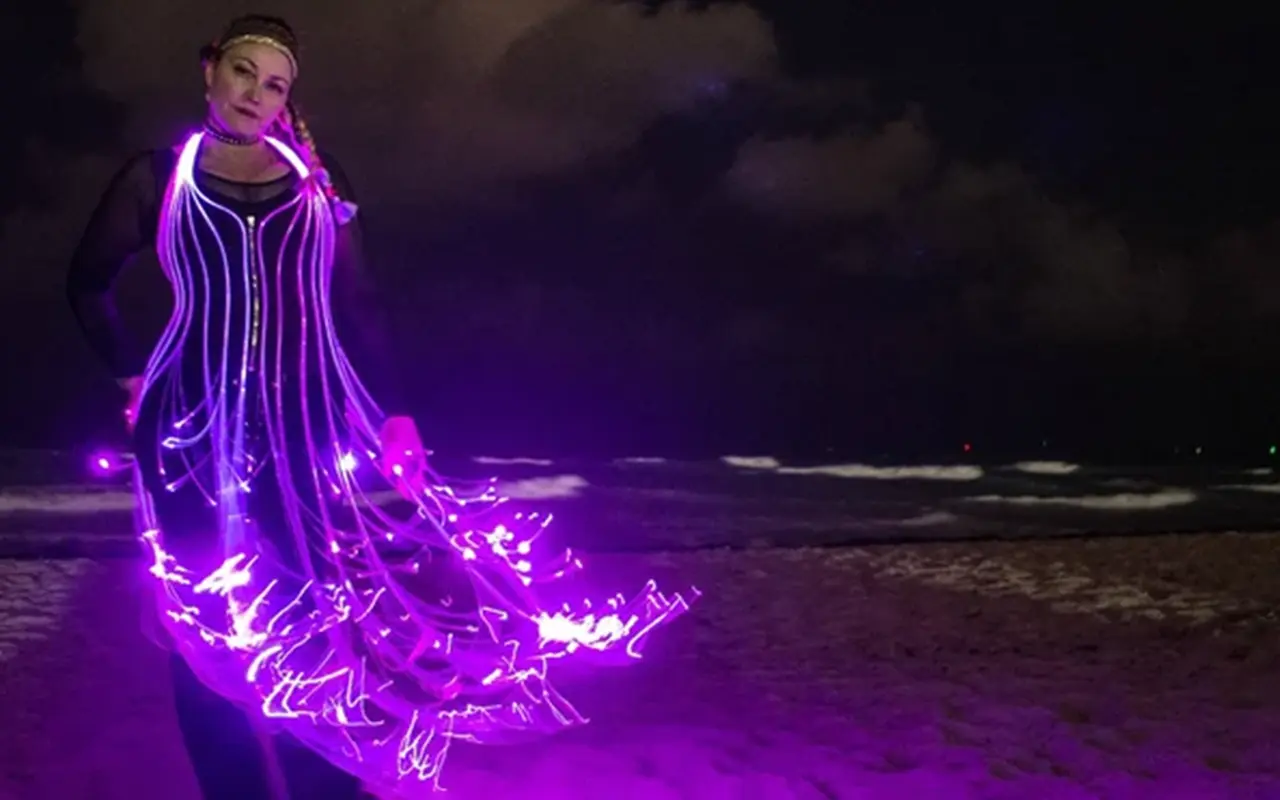
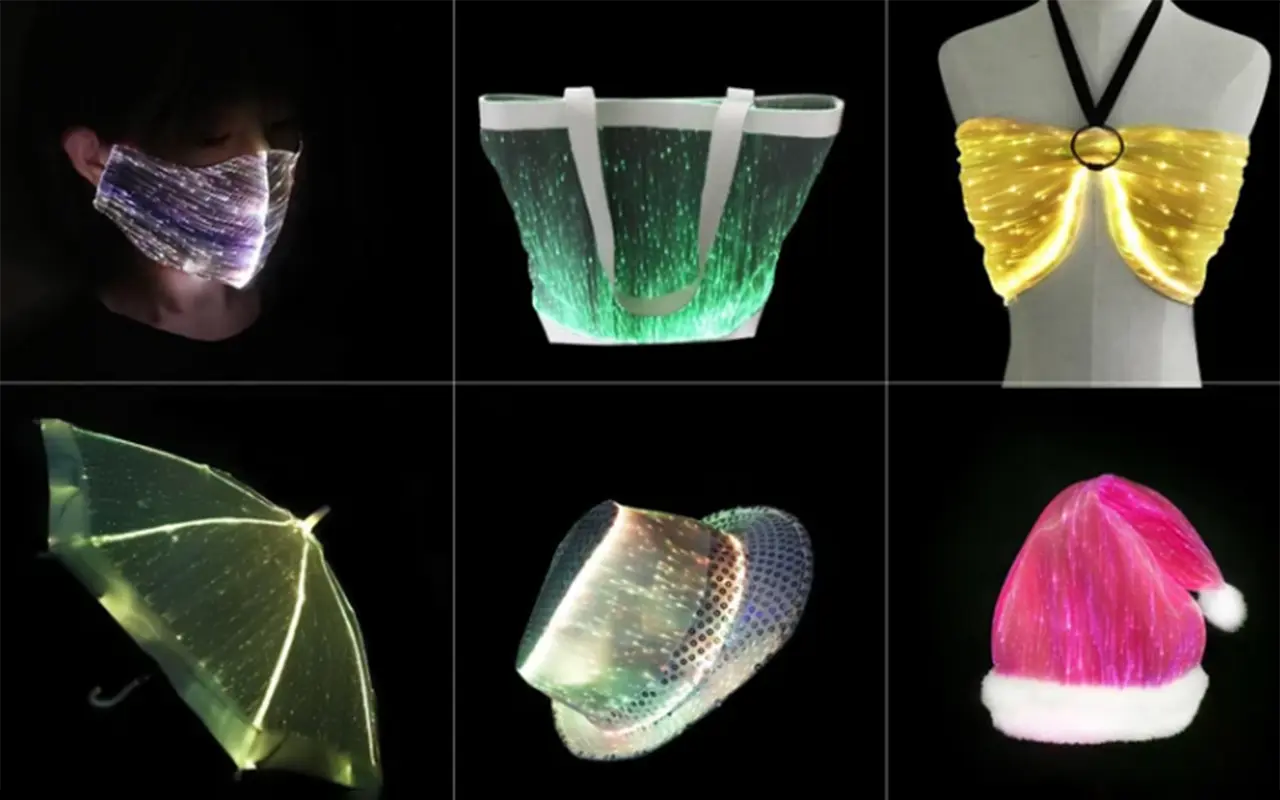

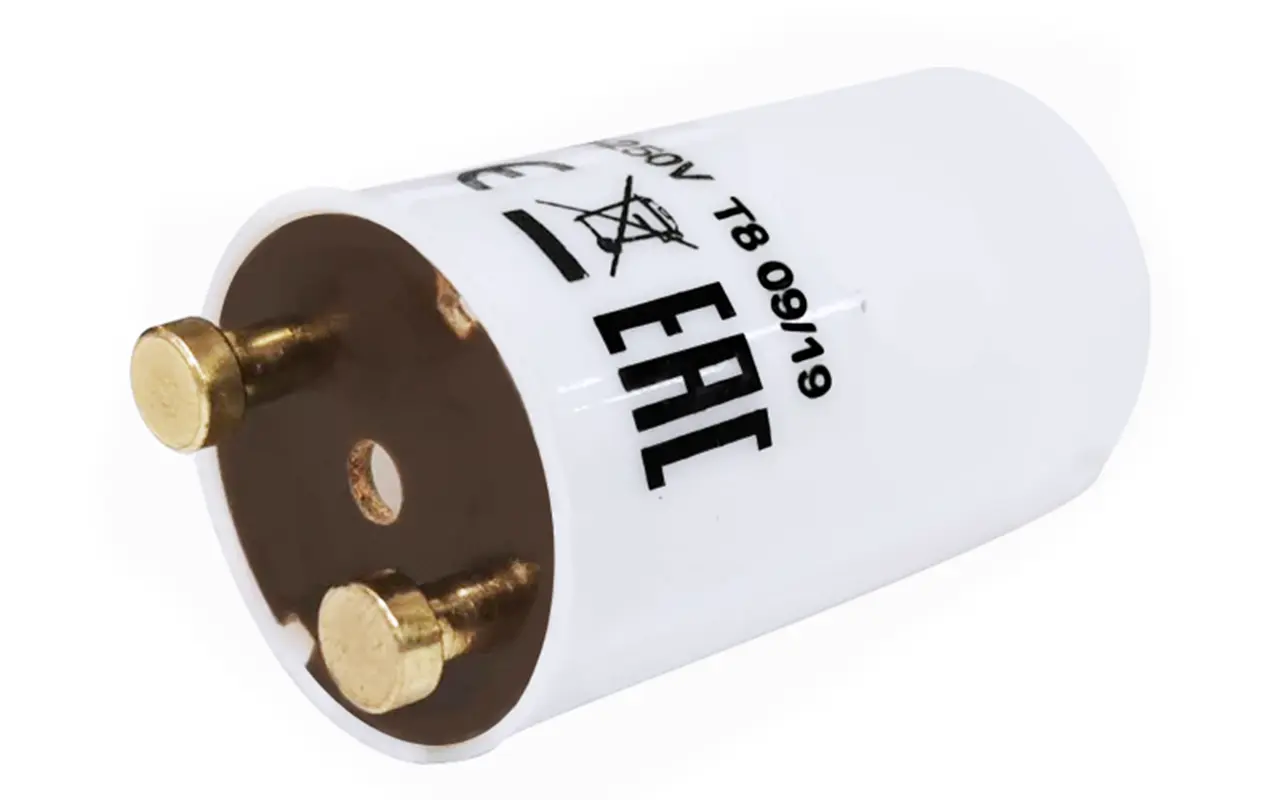
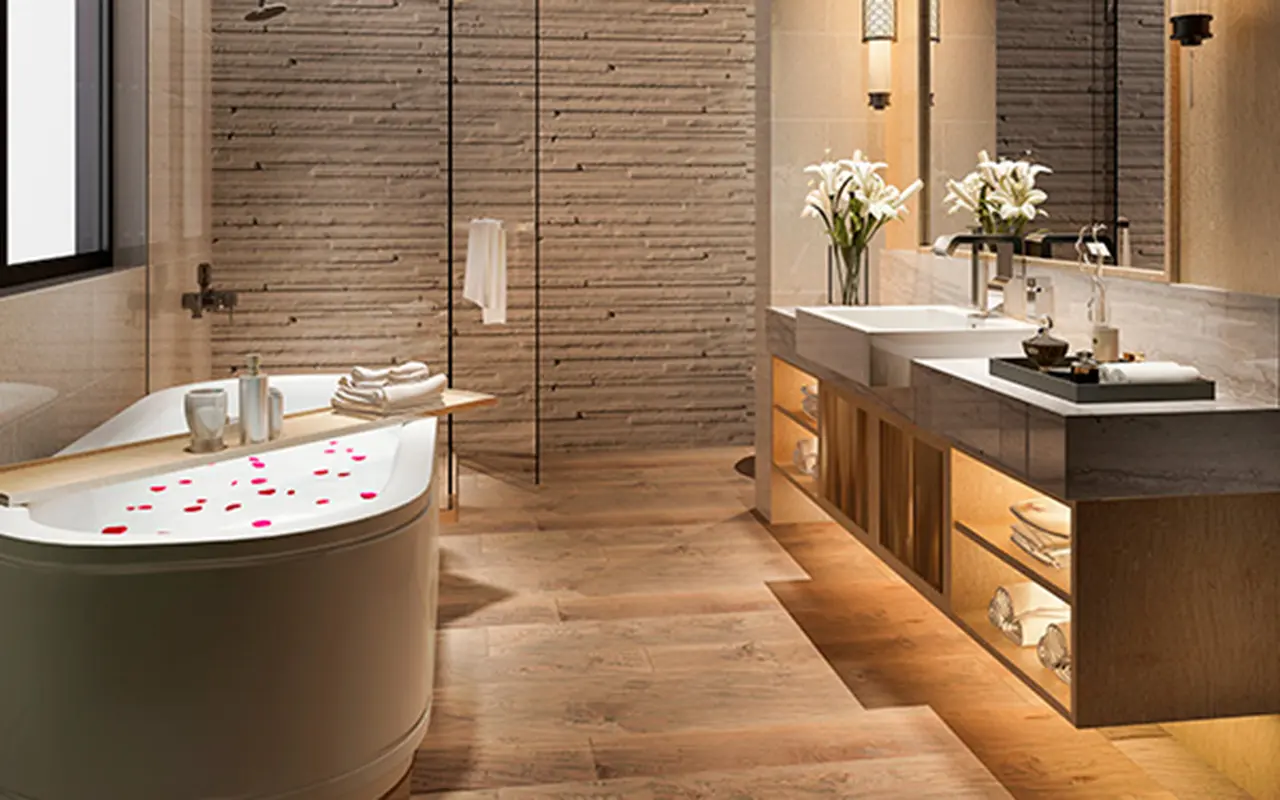
Lascia un Commento
Vuoi partecipare alla discussione?Sentitevi liberi di contribuire!